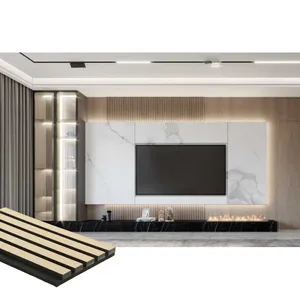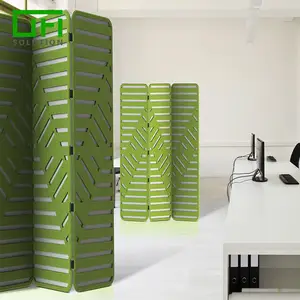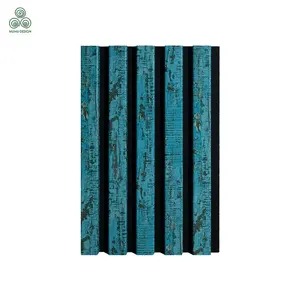Understanding Sound Absorbing Materials
Sound absorbing materials play a pivotal role in enhancing acoustic quality and mitigating noise pollution in various environments. These materials are designed to absorb sound waves, thereby reducing reverberation and creating a more acoustically pleasant space. This introduction delves into the diverse types of sound absorbers, their applications, and the materials they are made from.
Types and Applications
The spectrum of sound absorbing products includes a variety of items tailored for different settings. Industrial spaces often utilize soundproof wall panels and acoustic ceiling tiles to manage acoustics in expansive areas like gymnasiums or auditoriums. Professional recording venues benefit from studio foam and sound dampening panels to ensure pristine sound quality. For residential applications, DIY acoustic panels offer a cost-effective noise reduction solution, while decorative acoustic panels cater to those seeking an aesthetically pleasing approach.
Features of Sound Absorbing Panels
Sound absorbing panels are characterized by their ability to diminish echo and improve sound clarity. These panels come in various sizes and thicknesses, each suited to specific sound frequencies. The effectiveness of a sound absorption panel is measured by its Noise Reduction Coefficient (NRC), indicating the amount of sound energy absorbed upon striking the surface.
Materials Used in Sound Absorption
Materials for sound absorption vary widely, from traditional fabrics and foams to innovative eco-friendly options like recycled cotton and mineral wool. The choice of material affects not only the acoustic properties but also the durability and sustainability of the sound absorber.
Advantages of Sound Absorption
Incorporating acoustic absorption materials into a space can significantly improve sound quality, reduce stress caused by noise pollution, and enhance privacy. These materials are essential in creating environments conducive to productivity and relaxation. Furthermore, the versatility of acoustic materials allows for customization to fit the aesthetic and functional needs of any space.
Selecting the Right Sound Absorber
Choosing the appropriate sound absorbing material requires consideration of the specific acoustic needs of a space. Factors such as the size of the room, the types of sounds present, and the desired acoustic outcome will guide the selection process. Alibaba.com offers a comprehensive range of options to meet the diverse requirements of professional and personal spaces.











































 浙公网安备 33010002000092号
浙公网安备 33010002000092号 浙B2-20120091-4
浙B2-20120091-4